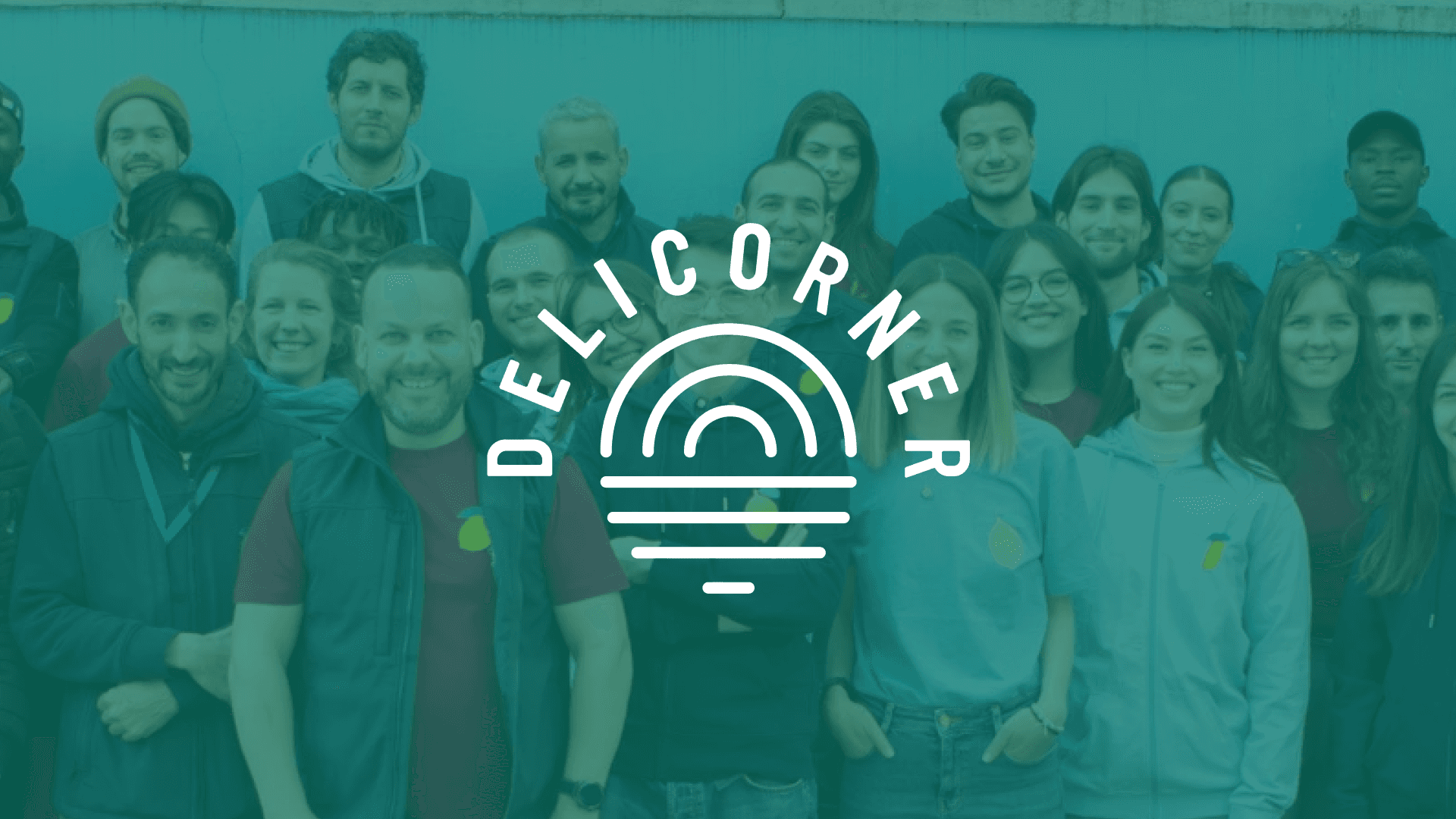What is User Onboarding? (Acclimating New Users to a Product)
At Jimo, we consider ourselves the Michelangelos of User Onboarding, crafting not just a journey, but a masterpiece that guides new users from bewilderment to enlightenment with the grace of a Renaissance artist. Why, you ask? Because we've engineered the ultimate solution in client onboarding, turning what's often a labyrinthine process into a seamless highway to success.
Embark on a voyage through the art and science of User Onboarding with us, where the alchemy of customer satisfaction meets the precision of product knowledge. It's no minor feat – transforming newcomers into adept users and advocates is our canvas, and we wield our tools with a blend of expertise and a sprinkle of magic. Prepare yourselves; the expedition into the heart of effective User Onboarding – our magnum opus – is about to commence!
Understanding the fundamentals of user onboarding
What is Customer Onboarding?
User onboarding is a term used extensively in the Software-as-a-Service (SaaS) business to describe the crucial process that guides new clients in using a software product smoothly and efficiently. This usually involves a series of steps and strategies aimed at helping clients understand what a product is, how it works, and its benefits. The objective is to ease the client’s journey from the initial point of contact to a stage of efficient usage and satisfaction with the product — a state commonly referred to as the 'aha' moment.
The User Onboarding Experience
A holistic user onboarding journey is not just about an informative product tour or an exhaustive user manual. It's about creating an engaging, interactive, and user-friendly environment for the client. The user onboarding process ideally should be:
Intuitive: The user interface (UI) and the user experience (UX) should be intuitive and not require intensive learning, thus reducing cognitive load on the client.
Simple: Information presented should be easy to digest, preferably in bite-sized portions and the product design itself should promote simplicity.
Goal Driven: Every step in the onboarding process should move the client closer to their 'aha' moment. The process should be strategically planned to lead the user to achieve their environment goals.
Why is User Onboarding Important?
User onboarding holds a vital role in the SaaS business model for an array of reasons:
Customer Retention: A successful onboarding process tends to reduce customer churn rate by keeping the users engaged and satisfied with the product.
Word-of-Mouth Marketing: Satisfied users are more likely to become advocates of the product, driving more engagement and new sign-ups.
Increased Revenue: Onboarding increases the rate of users converting into paying customers.
Common User Onboarding Strategies
While user onboarding strategies differ from product to product, some common ones include:
Interactive tutorials: These are simple and guided tours that assist the user through the initial stages of product understanding.
Task Completion: Users are given tasks to complete which lets them experience first-hand, the efficiency and utility of the product.
Progress Bars: These keep the users informed and motivated by showing them their journey in the onboarding process.

Practical steps in implementing an effective user onboarding process
Practical Steps for Effective Implementation
According to industry experts, the best user onboarding strategies involve the following steps:
Set Clear Goals: Firstly, it is essential to define what success looks like in the context of a particular product. What should new users be able to achieve during the onboarding process? The goal might be to guide users to reach their first "moment of success" with your product.
Simplify the User Interface: Today's consumers demand effortless usability. Thus, the user interface needs to be simplified making it intuitive for users to find their way around the platform.
Create an Interactive Product Tour: An interactive product tour can serve as an exciting way to demonstrate the product's features and benefits. It guides users through the product’s functionality in the most efficient way.
Ask for User Feedback: User feedback can provide invaluable insights into improving the user onboarding process. Actively ask for user input and implement changes based on the feedback received.
Continuous Education: Lastly, it's vital to remember that onboarding is a process, not a one-time event. Host regular webinars or provide educational content to keep the users engaged and informed.
If User Onboarding is implemented effectively, it can lead to a significant improvement in user engagement, satisfaction, and product loyalty. With these practical steps, SaaS enterprises can craft a compelling user onboarding experience, leading to greater user engagement and optimized outcomes.
Related Glossary



